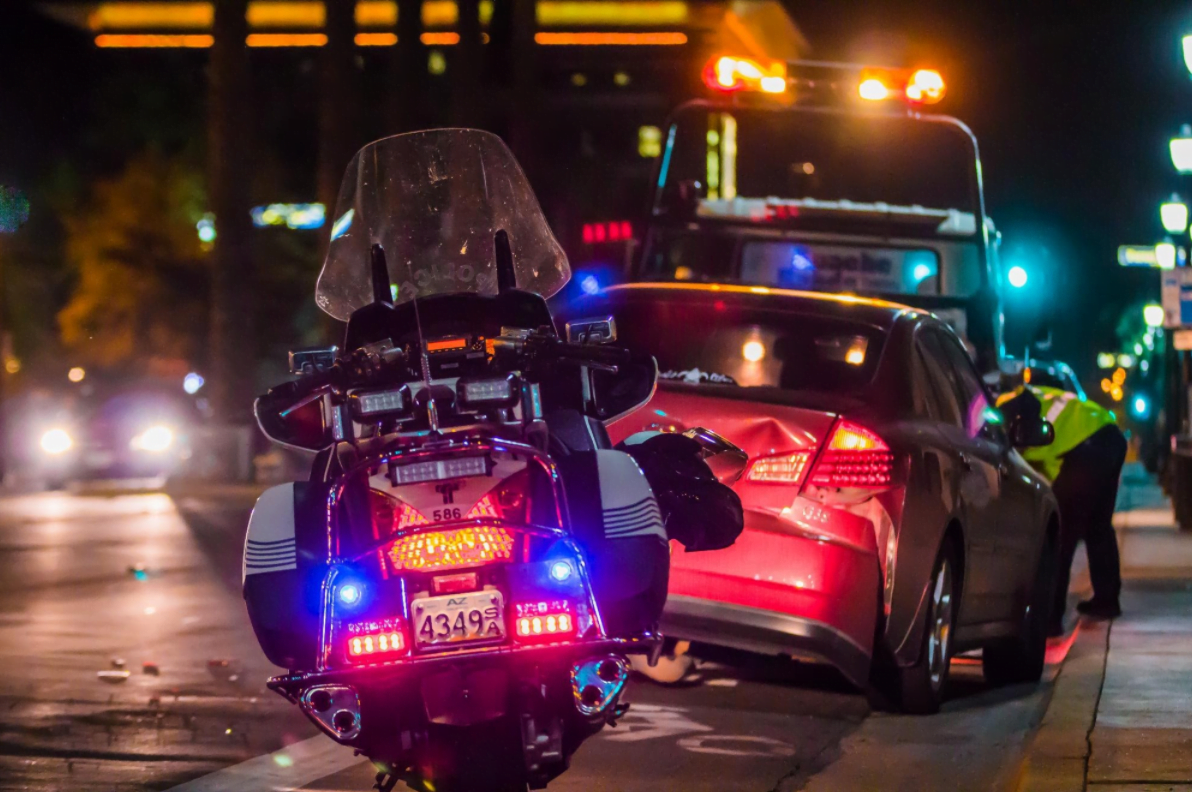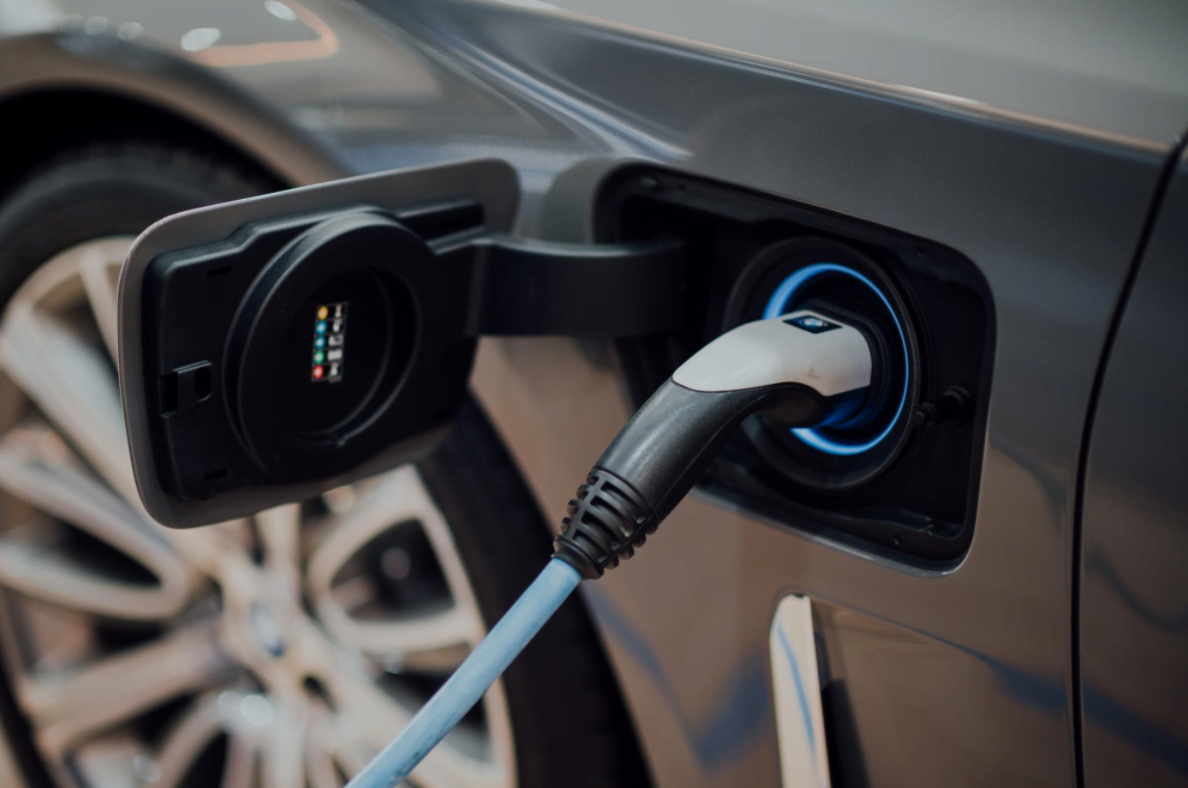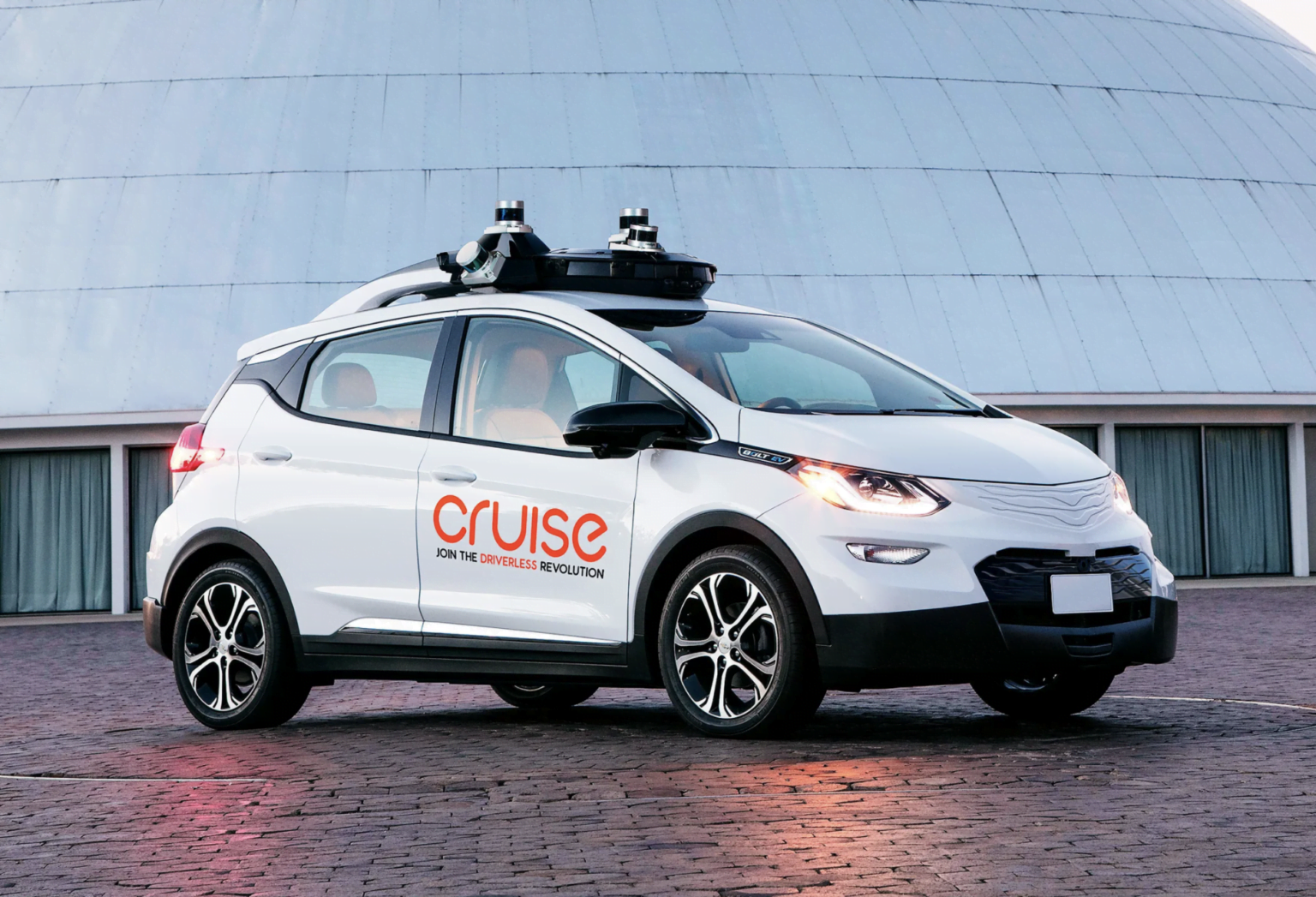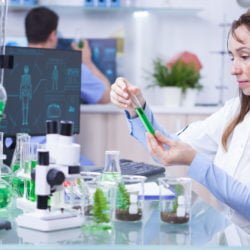They say that money makes the world turn, however, recent innovations have shown that, in fact, it is a new technology that makes the globe spin. Every day as technology advances, more people are becoming dependent on machines that run on artificial intelligence to do their jobs or run their errands for them like mobile apps automatically paying their utility bills and automobile-building robots. Hotels and restaurants are increasingly being run by artificial intelligence and machine learning like bot waiters. This is not exclusively happening in the United States, this is happening all over the world.
As the years go by, new technology is being exponentially created thanks to automation. For example, we can now order pizza and have it delivered to our doorstep in self-driving vehicles that can drive public roads without a human operator. Self-driving cars are being massively produced in automaker companies based in the U.S. and China, and new technology is being developed as you read this article. The ultimate goal for automaker companies that produce self-driving cars like Tesla is to eliminate the human error—or driver error—that comes with drivers behind the steering wheel and promote better traffic conditions in streets worldwide.
Like everything in life, there are many self-driving cars pros and cons regarding their safety and features that everyone should know about before purchasing one. Let’s get started on the pros of autonomous vehicles (AVs).
The Pros:
Accidents caused by irresponsible drivers are reduced to zero.

The first pro in this list is that autonomous vehicles reduce the risk of accidents caused by irresponsible drivers to zero. According to the National Highway Traffic Safety Administration (NHTSA), in 2019 alone, over 10,000 car accidents were caused by drunk drivers—that’s around 30 people that lost their lives every hour in the U.S. Additionally, distracted drivers in the U.S. were accounted for over 3,000 deaths that were most likely texting on their phones in 2019 per the NHTSA as well.
There are other irresponsible causes of these accidents such as drug use, sleepiness, speeding, and lack of seatbelt use. These accidents can be prevented with the implementation of self-driving cars, thus making the roadway a safer means of transportation through automation. Pedestrians can rest assured they will be safer when crossing the busy city street when automobiles have their autonomous mode on. In more recent years, self-driving cars have been equipped with new technology like LiDAR sensors to help detect cyclists, pedestrians, and stationary objects like large debris and buildings. This ensures increased road safety and highway safety.
They follow traffic rules for continuous driving.
Self-driven vehicles are programmed to follow rules—literally. Self-driving vehicles are programmed through machine learning for artificial intelligence to improve their functionalities and auto-pilot program. This is done based on federal regulations and controls autonomous cars encounter when driving the city streets or highways. Tesla’s self-driving car models for example have advanced sensors and cameras around the automobile that stretch 250 meters for 360º visibility of their surroundings.
These autonomous vehicles can also detect traffic lights and signs and make calculated decisions based on these signals. This provides the necessary safety to maintain steady traffic conditions of automobiles running on the highway, without human drivers.
Robots don’t get tired as fast as humans.
As mentioned before, drowsiness is a driver distraction that can cause thousands of accidents a year in the United States per the NHTSA. Driverless cars can decrease the number of accidents caused by a driver distraction because autonomous vehicles, don’t get tired, unlike their human operators. AVs are machines made to sustain hours of driving without stopping, and unlike human drivers, they don’t need to sleep.
Tech companies in the automotive industry like Volvo are investing money into improving AV designs and with advanced driver assistance systems that provide a haven for sleepy or distraction-prone human operators. Some autonomous cars are pre-programmed to wake you up if they detect you’re asleep or not paying attention and will notify you. If you don’t respond, the automobile will automatically pull over and halt on the side of the road.
Machines can focus on multiple tasks for long periods of time.

Autonomous technology allows for AVs to drive and focus on many details that surpass a human driver’s abilities thanks to their advanced driver assistance systems. For instance, self-driving vehicles serve as safe transportation systems because they can detect any construction zones ahead, traffic accidents and traffic jams that need to be avoided, and poor road conditions. On top of that, they can enforce safety standards with their autonomous systems that are beyond the capabilities of the average human driver.
The impact these autonomous vehicles have had on the world has pushed automakers companies like Toyota to develop new technology with artificial intelligence that’s comparable to Tesla’s. Their artificial intelligence systems and affordable LiDAR technology have paved the way for advanced driver assistance systems. Their goal is to produce fewer crashes caused by human error via their advanced autonomous systems that can detect obstacles, plan for varying road conditions, and predict where other vehicles, pedestrians, and bicyclists could be standing.
They serve people who have disabilities.
Another benefit of AVs is that they can help people with disabilities that prevent them from driving. This Forbes article explains how the handicapped population can make good use of autonomous vehicles. Some people may not be able to reach the brake or grasp the steering wheel properly, thus increasing the number of hazards on the highways and city streets. Other human drivers are incapable of enduring the stress driving tasks can bring upon them. Driverless vehicles can ensure the safety of people who suffer from any certain incapacitation through automated driving systems.
They can increase speed limits for faster transportation.
When you ask anybody, the future of transportation includes high-speed [flying] autonomous cars. Although the flying part is currently being assessed and implemented via drones, let’s focus on the high-speed part. There are now autonomous vehicles capable of accelerating over 170mph, which paves the way towards faster transportation.
People can save money on fuel.

Lastly, self-driving cars can save people a lot on fuels in comparison to traditional cars, as they are designed for fuel efficiency. Autonomous vehicles can be designed completely electric or dual-fueled, where electricity and gas are used as fuels for the AV. Depending on individual rider preferences, human drivers may want to drive completely electric autonomous cars or opt for the more flexible alternative that includes both fueling options. Now, let’s move on to the cons that come with autonomous cars.
The Cons:
Cab drivers would lose their jobs.
As many people know, cab drivers and their taxis are highly needed today, especially in packed metropolitan cities like New York City and LA. In these cities, it’s cheaper to pay for a taxi every day than it is to park your automobile. Not to say, the driving environment in these cities is extremely hostile.
Taxi drivers are opting for options like Uber and Lyft, which have a more organized and modern system when it comes to transporting passengers. However, with driverless cars coming into the car-hailing market, taxi drivers’ jobs and taxi services are bound to be threatened. If there’s no need for a human driver to transport you from point A to point B, then there’s no need for human-operated taxis.
This only gets worse when one of the largest tech companies, Alphabet (Google’s parent company) has released a self-driving taxi service in Arizona called Waymo One. Waymo One is a fairly new company that has been developed in more recent years and some consider its innovative autonomous technology as Tesla’s competition. Waymo One is a new tech company people can consider as an alternative to public transportation.
People will lose their driving skills.
Moreover, a lot of people will eventually forget how to drive and leave the driving tasks and responsibilities to autonomous vehicles instead. this will push tech companies to continuously improve their AVs’ driver-assistance systems to prevent hazards caused by bad drivers. Vehicle safety will have to be exponentially advanced to prevent car crashes and fatalities from human drivers that lose their driving skills.
They can be hacked.

Every autonomous driving system out there is vulnerable to hackers and their malignant ways. Hackers will take advantage of any weak points in this new technology and new vehicles to make others pay for their misery. In the long run, autonomous vehicle technology will become impenetrable and hackers will need to find a new hobby. In the meantime, tech companies have to fortify their cybersecurity systems to prevent attacks on their infrastructure.
People will lose their privacy.
Likewise, human drivers may lose their privacy with AV computer systems because there will always be someone (or something) else monitoring their every move. Autonomous vehicles are connected to cloud servers via the Internet, and as many people know, these servers can fall prey to hackers. AV drivers must gain insight into the possible risks they may face when riding their driverless vehicles. Additionally, some people are concerned with the federal regulations that can be implemented by the federal government for AVs that may consequently pry into their private lives.
Bad weather conditions can affect their technology.
Road congestion and obstacles can be caused by bad weather conditions, one of the many concerns making drivers wonder “Are self-driving cars safe?” Bad weather conditions can be a little bit terrifying in a lot of cases. There could be instances where construction zones that are affected by bad weather can cause fatal car crashes. Autonomous cars and self-driving trucks are not yet fully equipped to prevent car crashes due to bad weather. Car manufacturers like Tesla, Toyota, and Volvo are working on their new cars’ computer systems to detect these anomalies and have fewer crashes.
Unknown technical errors may arise during a trip.

Moreover, technical difficulties caused by automaker flaws or hackers are a cause for concern for many licensed drivers, even Uber drivers. This raises a lot of important questions when drivers opt for an autonomous vehicle as their lives can potentially be in danger. Unusual traffic conditions can cause the AV to make a wrong turn and end up crashing into a truck. Self-driving trucks can also be a cause for concern as they can seem too dangerous for highways to receive public acceptance.
Purchase and maintenance costs are high.
The AV industry is fairly new and is bound to have increased costs in the coming years when speaking of maintenance and initial costs. Driver-related factors may not be covered by the insurance institute of your preference for your AV or self-driving truck and can even be considered a luxury to have. Truck drivers would have to dig into the best way to cover their autonomous trucks without sacrificing their paycheck.
Automakers like Tucson-based company TuSimple are riding the autonomous vehicle wave by manufacturing autonomous trucks. TuSimple also manufactures autonomous technology for their driverless trucks with the most advanced autonomous technology in the trucking industry.
Now that you know the pros and cons of owning a self-driving vehicle, it’s up to you to decide, are self-driving vehicles are safe enough for you?






